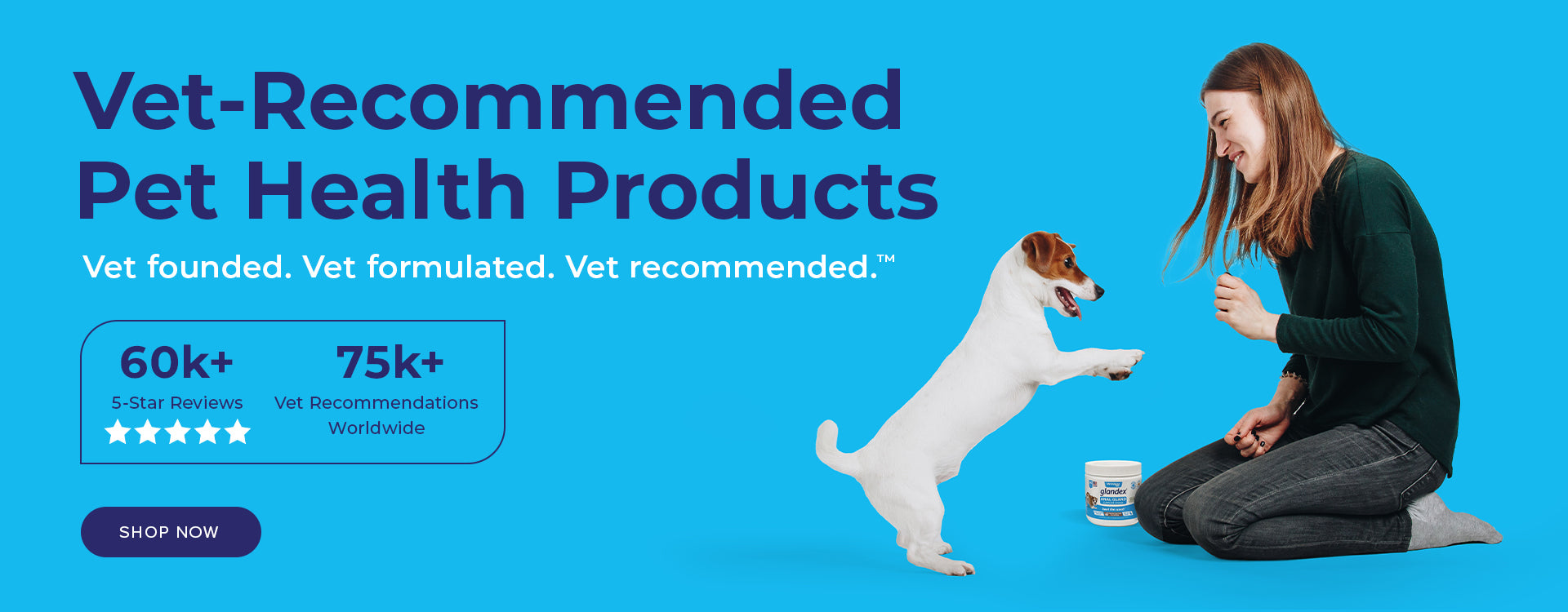Complete Pet Health
Meet our
Founder & CEO
James Bascharon, DVM
Dr. Bascharon's innovative mindset and veterinary expertise continues to propel Vetnique as a leading pet health company, offering a comprehensive portfolio of products designed to address all needs of pets, helping them lead happier, healthier lives.
Watch our Founder's Story below to learn more about our mission to help pets and pet families thrive.
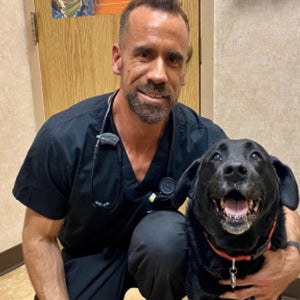
Small Animal Veterinarian, Pet Disabilities Specialist, & Shelter Medicine Practitioner
Dr. Christman is Chief Veterinary Officer at Fetch dvm360®, the nation’s leading multimedia company in the veterinary profession. He’s also the author of Honey, Have You Squeezed the Dachshund? and has his private practice in addition to helping shelter pets and pets with disabilities.

Veterinarian, Companion Animal Specialist, & Integrative Medicine Specialist
Dr. Finn specializes in companion animal practice, veterinary acupuncture, and the connection between pets and people. He recently opened a Fear-Free Animal Hospital in Texas called Pet Method and has over 2 million followers on TikTok.

Veterinarian, Vetnique Founder & CEO, & Creator of Glandex
Dr. Bascharon's mission was to create a pet supplement company unlike any other. After 10 years of research and collaboration with top industry professionals, Vetnique continues to make a long-lasting impact on the health and well-being of animals around the world.
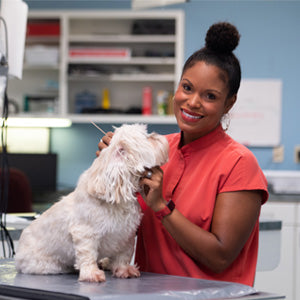
Veterinarian & Pet Dermatology Specialist
Dr. Griffin is an expert in veterinary dermatology, with a focus on helping pets and their parents cope with fungal and immune-related skin diseases. She’s also the star of Nat Geo WILD television series, “Pop Goes the Vet with Dr. Joya.”

Veterinarian, Holistic House-Call Practitioner, & Veterinary Acupuncturist
Dr. Mahaney supports pets and their families with a passion for promoting healthy lifestyle habits. Dr. Mahaney also has several celebrity clients through his house-call practice, California Pet Acupuncture and Wellness.
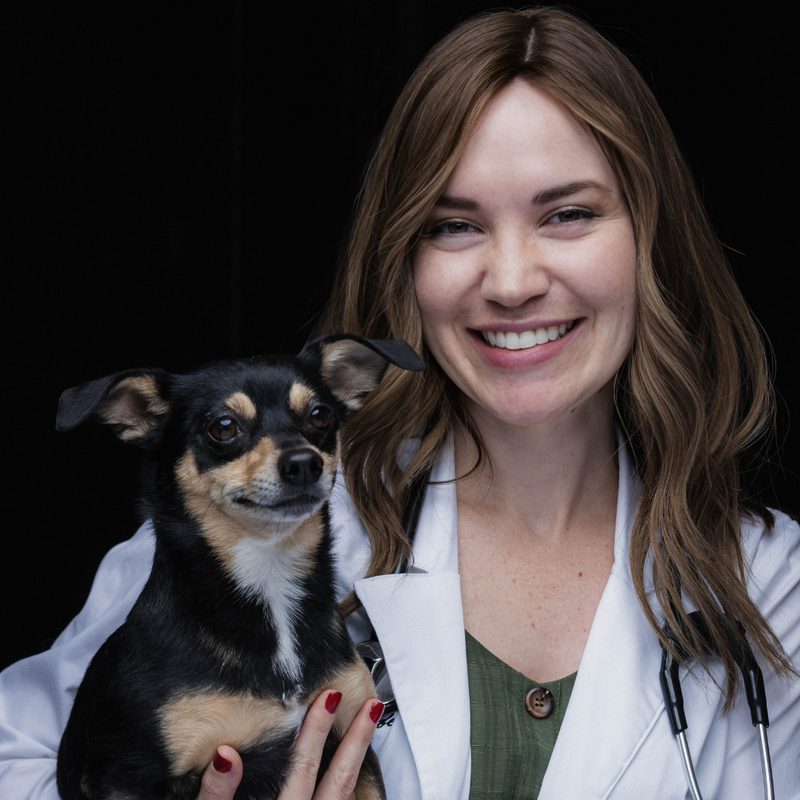
Small Animal Veterinarian & Certified Food Therapist for Pets
Dr. Wolfe is a traveling veterinarian and the owner of Tula Veterinary Nutrition. She is passionate about enhancing pet health and longevity through food, with a strong focus on natural nutrition and homemade diets.

Dr. Chandler Bruening is a small animal general practitioner in Florence, SC. She loves building relationships with her patients and their families and has a soft spot for her senior "grey-muzzled" patients. Because she’s “seen them work firsthand,” Dr. Bruening has been recommending Vetnique products to patients for years.
Clinic info:
Palmetto Animal Hospital
2221 2nd Loop Rd
Florence, SC 29501
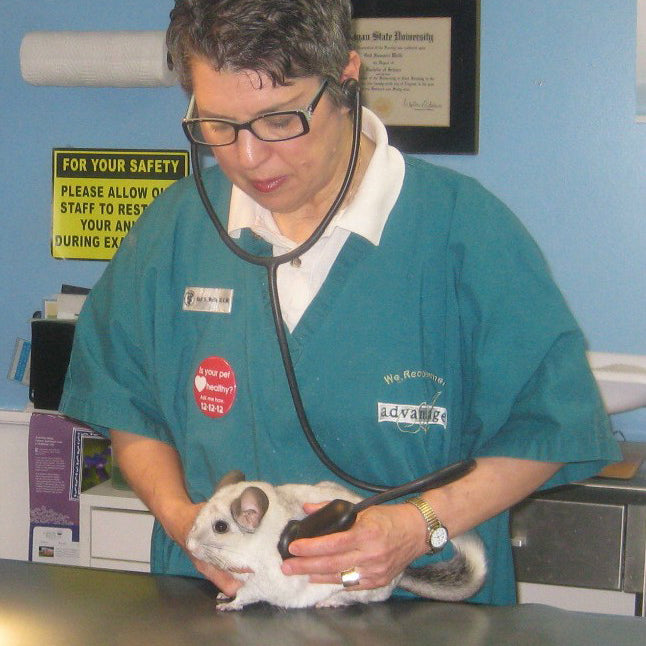
Dr. Gail Wolfe is a small animal practitioner with her own general practice in Okemos, MI. She regularly recommends Vetnique products to her patients––namely Profivex for gastrointestinal health and Glandex products for anal sac care.
Clinic info:
Bennet Road Animal Clinic, INC.
2298 Bennett Rd.
Okemos, MI 48864

Dr. Rhaysa Feliciano of Winter Garden, FL has always had a passion for helping animals. She’s been a “HUGE" fan of Glandex for years and recommends it to all of her patients with anal sac disease, and is passionate about helping pets with allergies find a better quality of life.
Clinic info:
Little Sharkies Veterinary Services, LLC
Winter Garden, FL

Dr. Reina Hagstrom is the owner of Mermaid Vet Hospital and the non-profit Mermaid SANDS (Spay And Neuter Dental Services) in Vero Beach, FL. She has a passion for pet dentistry and has been recommending Vetnique products to her patients for years to support a variety of health conditions.
Clinic info:
Mermaid Vet Hospital
1905 43rd Ave
Vero Beach, FL, 32960
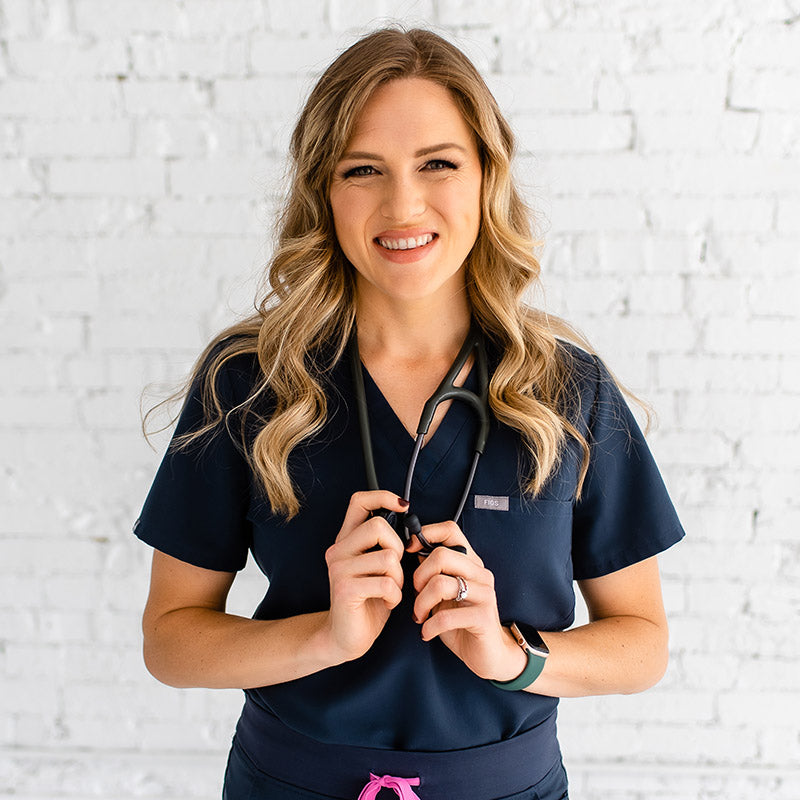
Dr. Amanda Steffen is the owner of the mobile veterinary acupuncture clinic Floyd’s Tale in Cincinnati, Ohio, She has a passion for senior pet care and helping patients age gracefully in their senior years. Seniorbliss is her go-to recommendation for senior patients.
Clinic info:
Floyd's Tale Mobile Veterinary Acupuncture
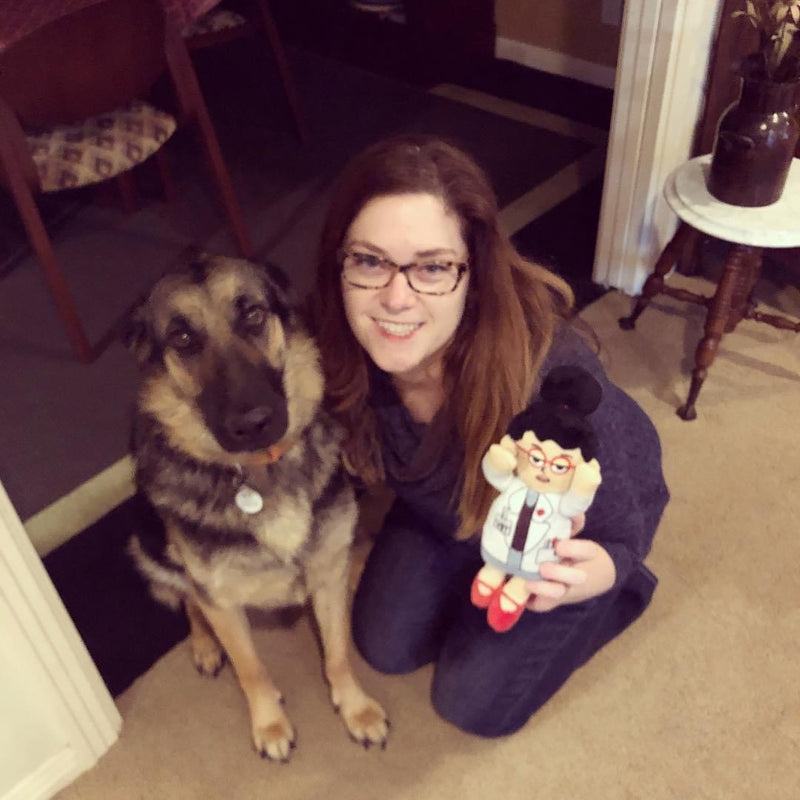
Dr. Kristi Novikoff is an emergency veterinarian working for the Veterinary Emergency Group (VEG) based in Austin, Texas. After seeing great results from patients (and her own picky German Shepherd), Dr. Novikoff regularly recommends Profivex, Gulpz, and Glandex to her patients.
Clinic info:
Veterinary Emergency Group

With 25 years of practicing veterinary medicine in NYC and Boston, Dr. Ehrenzweig is now the driving force behind the Veterinary Health Research Centers (VHRC). His team of veterinary experts–like Vetnique’s Dr. James Bascharon–harnesses the latest research to address issues prevalent in senior dogs, including cognitive decline, movement difficulties, and holistic wellness. He recommends Vetnique products because they’re backed by scientific research, making it easy for pet parents to access reliable formulas for their pets.
Clinic info:
Veterinary Health Research Centers
Overland Park, KS

Bonding with patients and providing personalized care is the heart of why Dr. Dina Bascharon practices veterinary medicine. She believes compassion, education, and openness are vital to helping pet parents improve their pet’s quality of life. Dr. Bascharon regularly reaches for Glandex, Oticbliss, Dermabliss, and Profivex products and uses Furbliss exclusively for in-clinic grooming.
Clinic info:
Oak Park Animal Hospital, Oak Park, IL
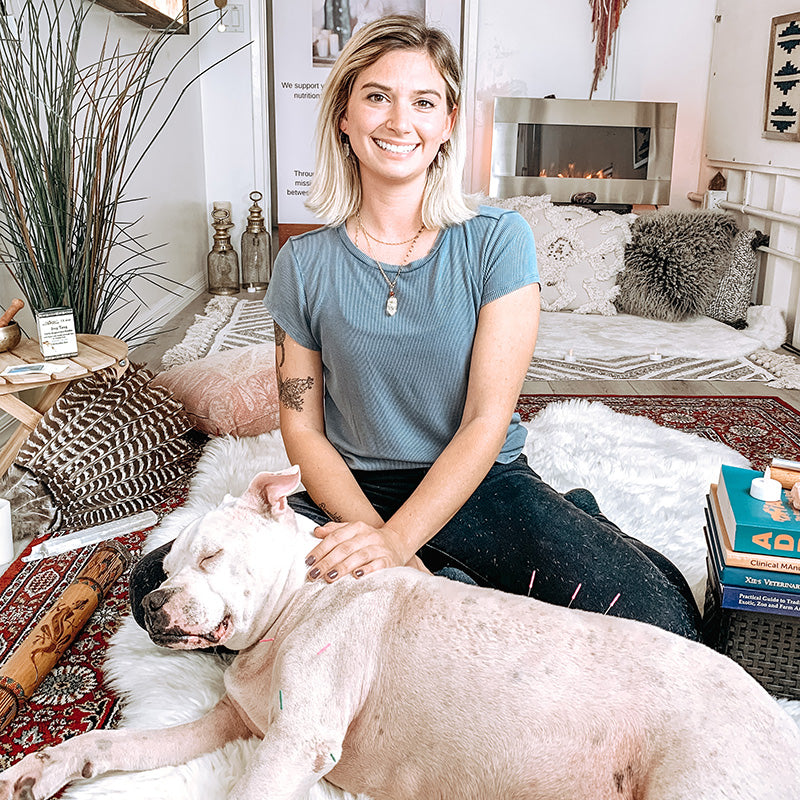
Veterinarian Dr. Pagana has extensive credentials, including dual Masters in Public Health and training in veterinary acupuncture, food therapy, and herbal therapy through Chi University. She currently practices emergency medicine, surgery, dentistry, and holistic medicine through her business, Peace Love Vet. Rather than finding a BandAid solution to a pet’s issue, Dr. Pagana believes in treating the root problem––that’s why she recommends Glandex for stubborn anal gland issues.
Clinic info:
Peace Love Vet, PLLC
Integrative Veterinary Wellness
15 Stein Lane, Lewisburg, PA 17837
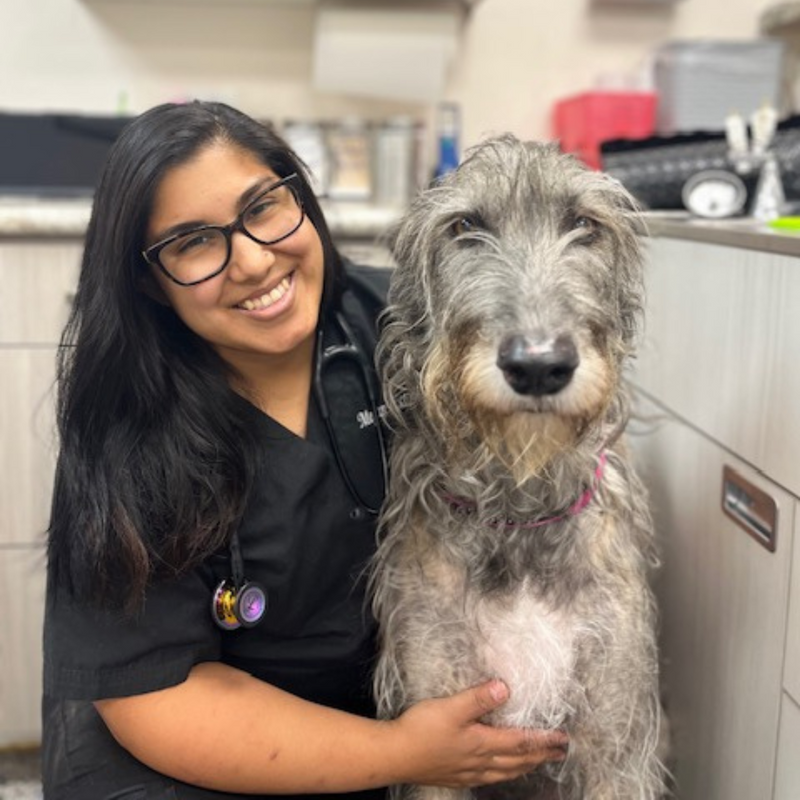
Veterinarian Dr. Megan Riveros graduated from Virginia-Maryland College of Veterinary Medicine and has been practicing emergency medicine for the last 5 years. She now owns a mobile small animal practice, making it possible for pet parents to access home veterinary care for their pets from home. For patients with sensitivities, Dr. Riveros turns to Vetnique for effective, gentle care.
Clinic info:
Healthy Paws Mobile Veterinary Services Ltd
Mack, CO

A forward-thinking advocate for pet well-being, Dr. Joyce Liy is certified as a veterinary acupuncturist and veterinary food therapist originally from Tapachula, Chiapas. Dr. Liy is devoted to providing pet parents with a holistic approach to their pet’s health. She recommends Vetnique because our meticulously crafted products complement her holistic veterinary practices.
Clinic info:
Holiystic Vet
Mobile veterinarian services in North Las Vegas, NV
The Vets In Vetnique
Our Vet Experts
Our mission is to help pets thrive, which is why we work hard to provide only the best quality veterinarian formulated products and knowledge for pet families. Our Team of Vet Experts helps Vetnique provide trusted, credible resources for you and your pet family!
































Nose-to-Tail Pet Health
Unique vet-formulated products for nose-to-tail pet health.
- Ear Care
- Skin & Coat Health
- Senior Support
- Anal Gland Support
- Mobility Support
- Digestive Support
- Seasonal Allergy Support
- Dental Health

Clear the Ear™

Scruffy to Fluffy™

Furever Young™

Boot the Scoot™

Play All Day™

Digestive Support

Ditch the Itch™

Dental Health

Clear the Ear™

Scruffy to Fluffy™

Furever Young™

Boot the Scoot™

Play All Day™

Digestive Support

Ditch the Itch™

Dental Health

Our Mission
We don’t just help pets live happier, healthier lives––we help them thrive!
As a veterinarian-founded company, we understand the health needs of pets better than anyone. Our unique, vet-formulated products focus not just on the well-being of pets, but the humans who love them.












